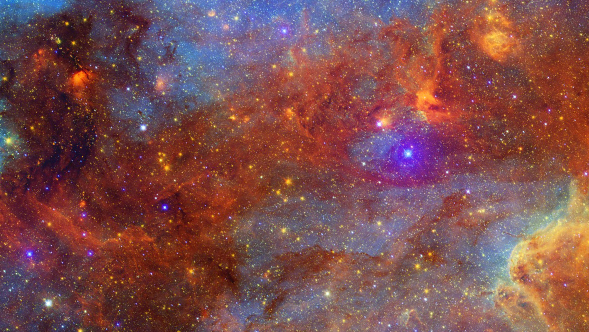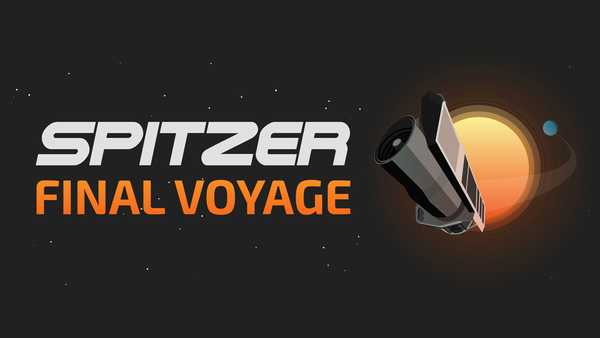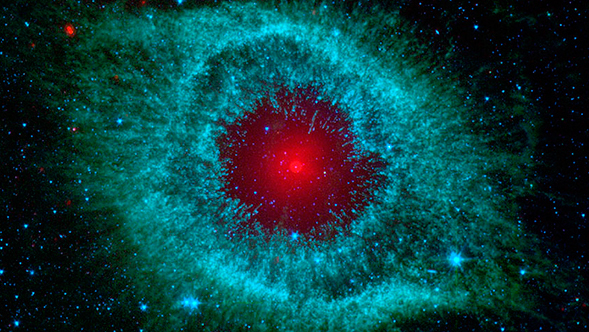
By Xiuqin Wu | February 13th, 2020
I joined Spitzer Science Center (SSC) in 1997 after working in NED as a software developer for eight years, though it was still called SIRTF Science Center at the time. During the 12 years at SSC, my jobs changed and increased in responsibilities, from application developer to cognizant engineer for science user tools development, to SSC uplink and archive lead. Spitzer is my first and only space mission and I am very grateful for the opportunities I had.
I joined Spitzer as an application developer in the uplink team. We were trusted to choose the development language Java when it was still in its infancy (JDK 1.1). We were all very excited with this new language and the power and versatility it offered. Due to this choice, we attracted several outstanding developers who really wanted to write code in Java. Uplink developers and scientists were all very dedicated to the project and worked hard to push out tools for scientists to use. We delivered the Spot, Leopard, MOPEX, and SPICE tools to the science community based on the common code base. The Spot-common code was also used by Herschel HSpot and SOFIA SSpot. The same code base was enhanced to be used for Spitzer Heritage Archive development, and was later adopted by the Infrared Science Archive (IRSA) and Large Synoptic Survey Telescope (LSST--recently renamed the Vera C. Rubin Observatory). That was the beginning of IPAC Firefly package that is still in use today. In fact, Firefly was adopted by the NASA Extragalactic Database (NED) and the NASA Exoplanet Science Institute (NExScI) in the last two years.
Before we developed Spot for science planning and proposal submissions, the requirement for the AORs file was that it had to be in a text file format that was both easy to read and edited by scientists. Developers and scientists spent weeks trying to come up with a format that was both easy for humans to use and for programs to parse. SSC manager Bill Green had his top 10 items he brought up at every meeting. The AORs file format was one of them. I was pregnant with my son and due in a month or so. Bill made a comment at one meeting that “Xiuqin can’t go on maternity leave before we finalize the file format.” Fortunately, we came up with a format in time, and it is still in use today. I think the success of the SSC is due largely to the great working relationship between scientists and developers. The AORs file format is only one of the examples.
I learned a lot about being a manager while acting as SSC uplink lead, thanks to the support of my team members. Most importantly, I learned to trust my team and to delegate. Being a lead does not mean I have to know everything, but it does mean I take the responsibility of mistakes. Everyone in the team was extremely responsible and willing to help each other. I could not have asked for a better team for my first time being a manager. Spitzer changed my career path from being a happy developer to a good manager, and the experience prepared me to take the task lead position for LSST science user tools group in IPAC in 2014, and later to return to NED as task lead last year.

 My Long-Distance Relationship With Spitzer
My Long-Distance Relationship With Spitzer
 The Spitzer North Team: It’s a Big Universe and a Small World
The Spitzer North Team: It’s a Big Universe and a Small World



